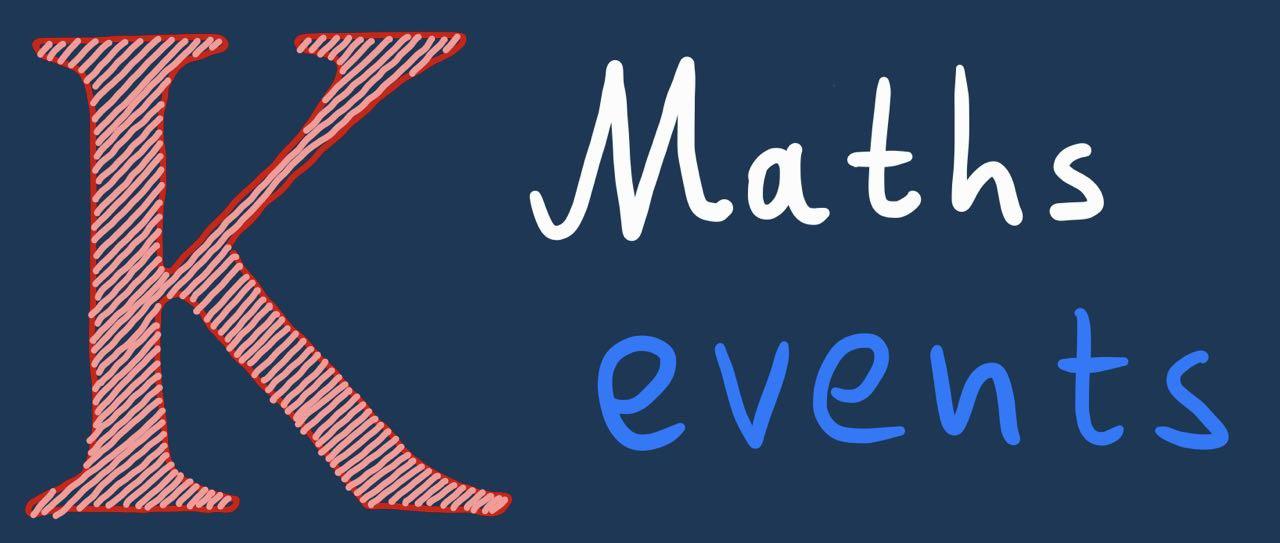30.05.2024 (Thursday)
AN Spherical surfaces
regular seminar Dmitri Panov (KCL)
| at: 11:00 - 12:00 KCL, Strand room: abstract: | Consider a collection of geodesic triangles on the unit sphere, or on a Euclidean plane or on the hyperbolic plane and identify their sides pairwise by isometries. This way you obtain a constant curvature surface with conical singularities, it's called spherical in the first case, Euclidean in the second and hyperbolic in the last. All such surfaces are naturally Riemannian surfaces (with marked points corresponding to conical singularities). An important question is the following: given a Riemann surface $S$ with marked points $x_1,\ldots,x_n$ and prescribed conical angles $2\pi\theta_1,\ldots,2\pi\theta_n$, does there exist on $S$ a conformal constant curvature metric with prescribed conical angles at points $x_i$? How many such metrics do we have? Naturally, these are questions about solutions to a certain non-linear PDE on $S$, and the Gauss-Bonnet formula says that in the case the metric exists, its curvature should have the same sign as $\chi(S)+\sum(\theta_i-1)$. Interestingly, the answer to the above two questions differs drastically according to the sing of the expression. If $\chi(S)+\sum(\theta_i-1)\le 0$ the metric exists and is essentially unique. If $\chi(S)+\sum(\theta_i-1)> 0$ very little is known, in particular neither uniqueness nor existence is guaranteed, we are in the realm of spherical surfaces. However, thinking of a spherical surface as glued from geodesic triangles permits one to avoid solving the PDE, since the solution to it is in your hands already. I will speak about some results obtained this way jointly with Gabriele Mondello and Alik Eremenko. Keywords: |
